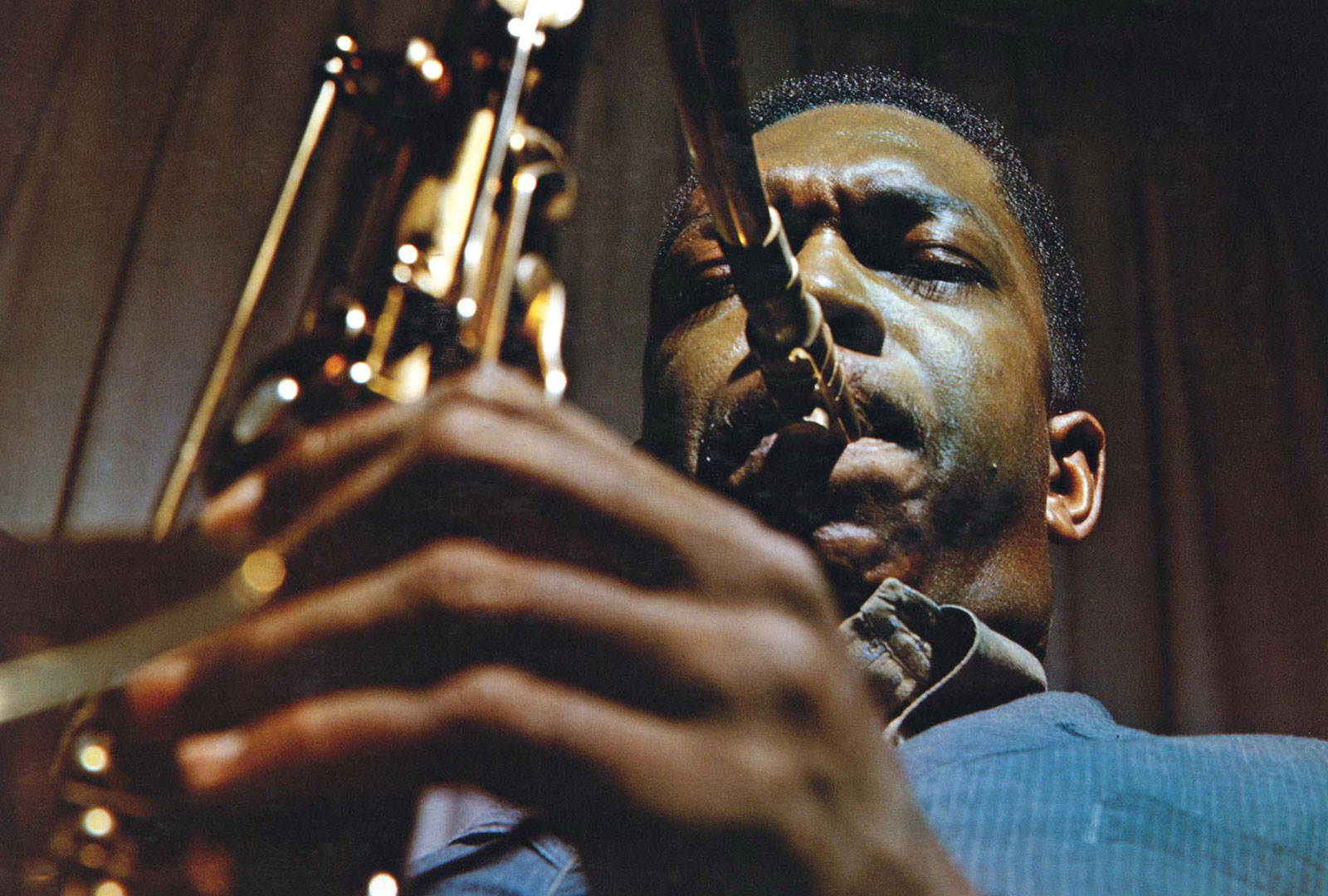John Coltrane is another iconic African American whose work shaped jazz music and made an indelible mark in Black History. The acclaimed jazz saxophonist, composer, and bandleader is credited with developing innovative jazz tones and techniques no other musician has ever composed. John’s work was so good that it’s still recognized posthumously. He won a Grammy in 1981 for the live recording dubbed Bye Bye Blackbird as one of the players with the Best Jazz Solo Performance. Also in 1992, Coltrane received a Lifetime Achievement Award, one of the Grammy’s highest honors for his great catalog of work. John Coltrane was born in 1926 to John R. Coltrane and Alice Blair. He spent his childhood years in High Point, North Carolina before moving to Philadelphia where his music career began.
My music is a spiritual expression of who I am- my being, my knowledge, my faith.
John Coltrane
Growing up, John was surrounded by people who loved music, influencing his passion, religious beliefs, and career. His father was a tailor and part-time musician, playing several instruments while his grandfather was a minister and community leader. John was so fascinated by music that he took up clarinet. Unfortunately, his father, aunt, and grandfather passed on shortly after, prompting the family to move to Philadelphia. He continued his studies at the Ornstein School of Music and enrolled at the Granoff Studios. At the time, jazz legends like Lester Young and Count Basie influenced his music, helping him learn how to play the alto saxophone.
Later, he switched to tenor saxophone, playing in nightclubs and recordings with musicians like Earl Bostic, Eddie Vinson, Johnny Hodges, and Dizzy Gillespie. In fact, his first recorded solo was on the song “We Love to Boogie” which he recorded with Gillespie. It was during his many gigs when Miles Davis, a trumpeter, called John for an audition. Apparently, Davis needed to add the intensity and density of John’s saxophone to his melancholic music. This collaboration catapulted Coltrane’s career to the heights celebrated in Black History Online. He became more confident about his talent as he explored and found his voice. After a short break, he embarked on a six-month tutelage with Thelonious Monk. He helped him understand music intertwined with rhythmic breaks and a unique technique called multiphonics. The training was pivotal to John’s music career, as it helped him develop his genre- the three-on-one chord approach.
“I realized you need to look back at the old things and see them in a new light.”
John Coltrane
Although he re-united with Miles Davis, John went on to develop his band featuring Elvis Jones, the drummer, McCoy Tyner, a pianist, and Jimmy Garrison, the bassist. John Coltrane also switched to soprano saxophone in addition to his signature tenor genre. He also began studying African and Indian music to enhance the band’s jazz sound. The influences were truly beneficial as they made John’s jazz band the most sought-after in the 1960s. In the period leading to his death (1964-67), Coltrane’s work was at its zenith. It was during this period that he recorded A Love Supreme (1964) to reflect his commitment to religion, Meditations, and ascension, which were characterized by free jazz styles. John Coltrane’s saxophone sound continues to grab the attention of the ever-growing fans of jazz music and his work remains etched in African American History and culture.
